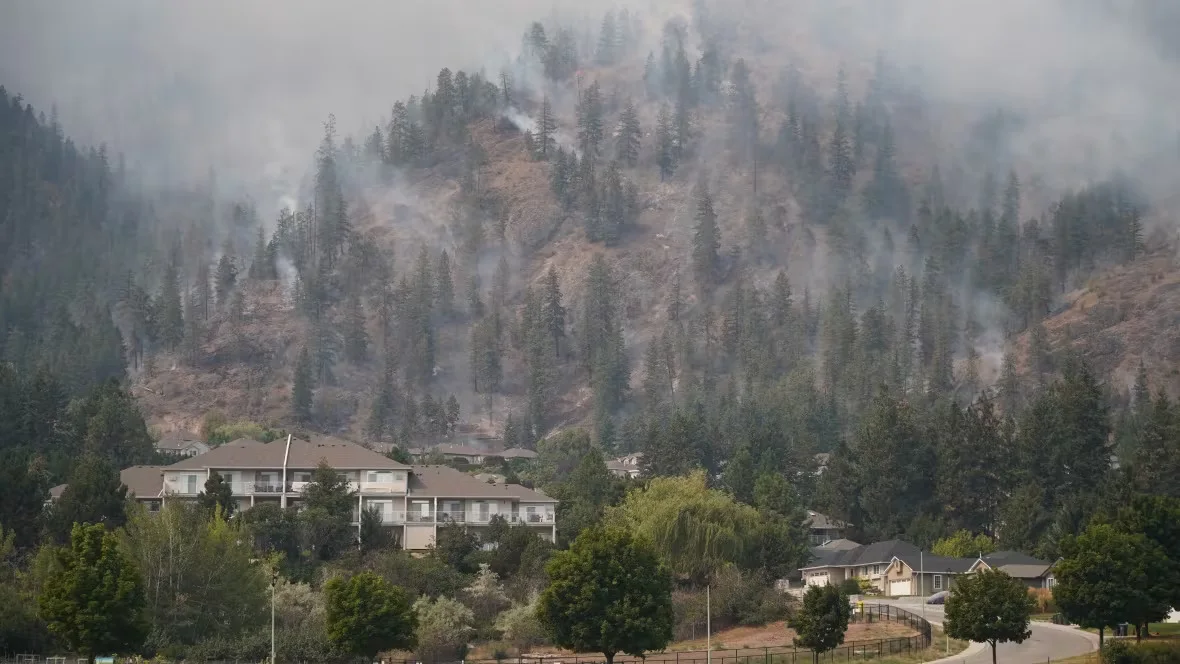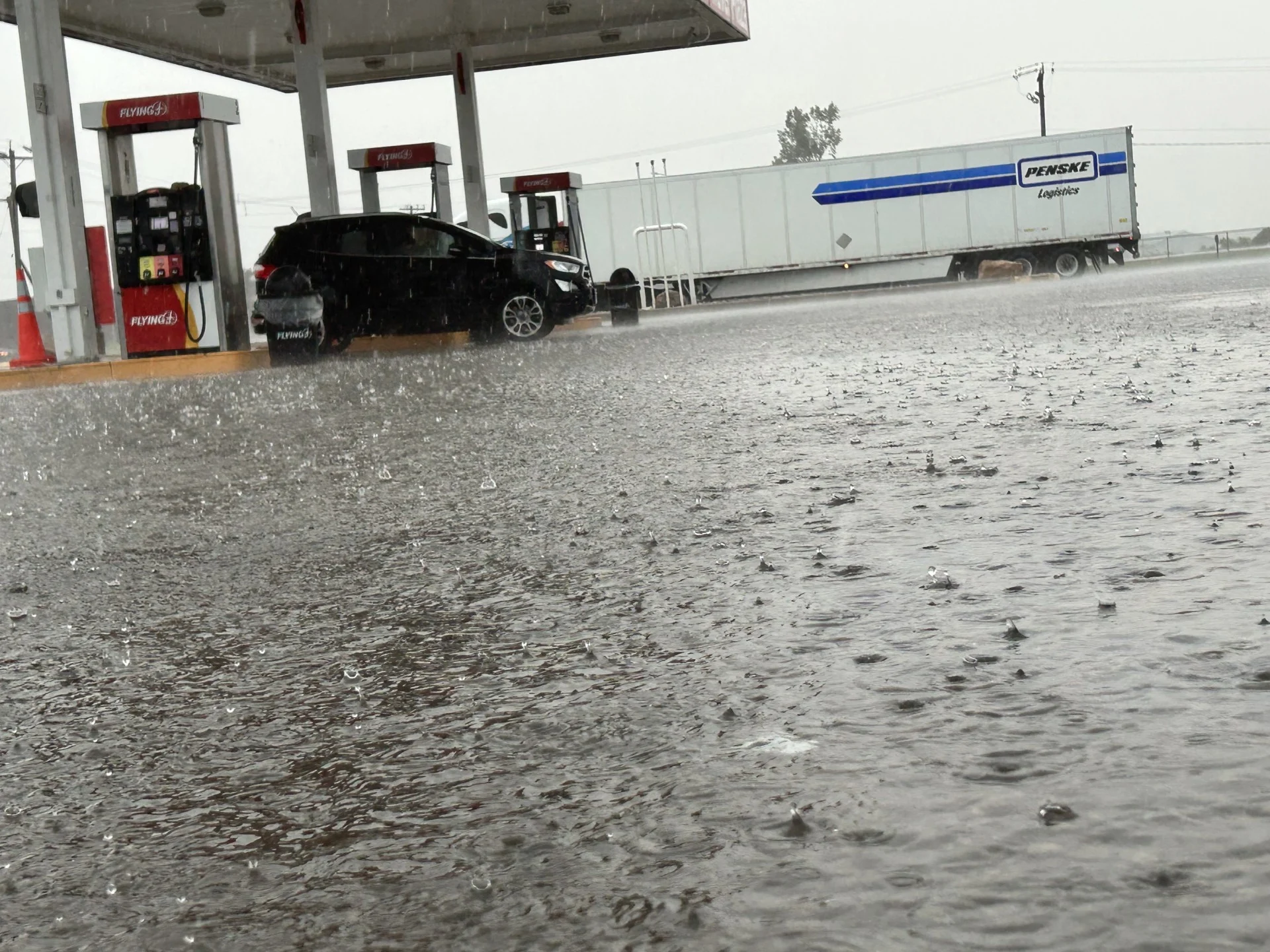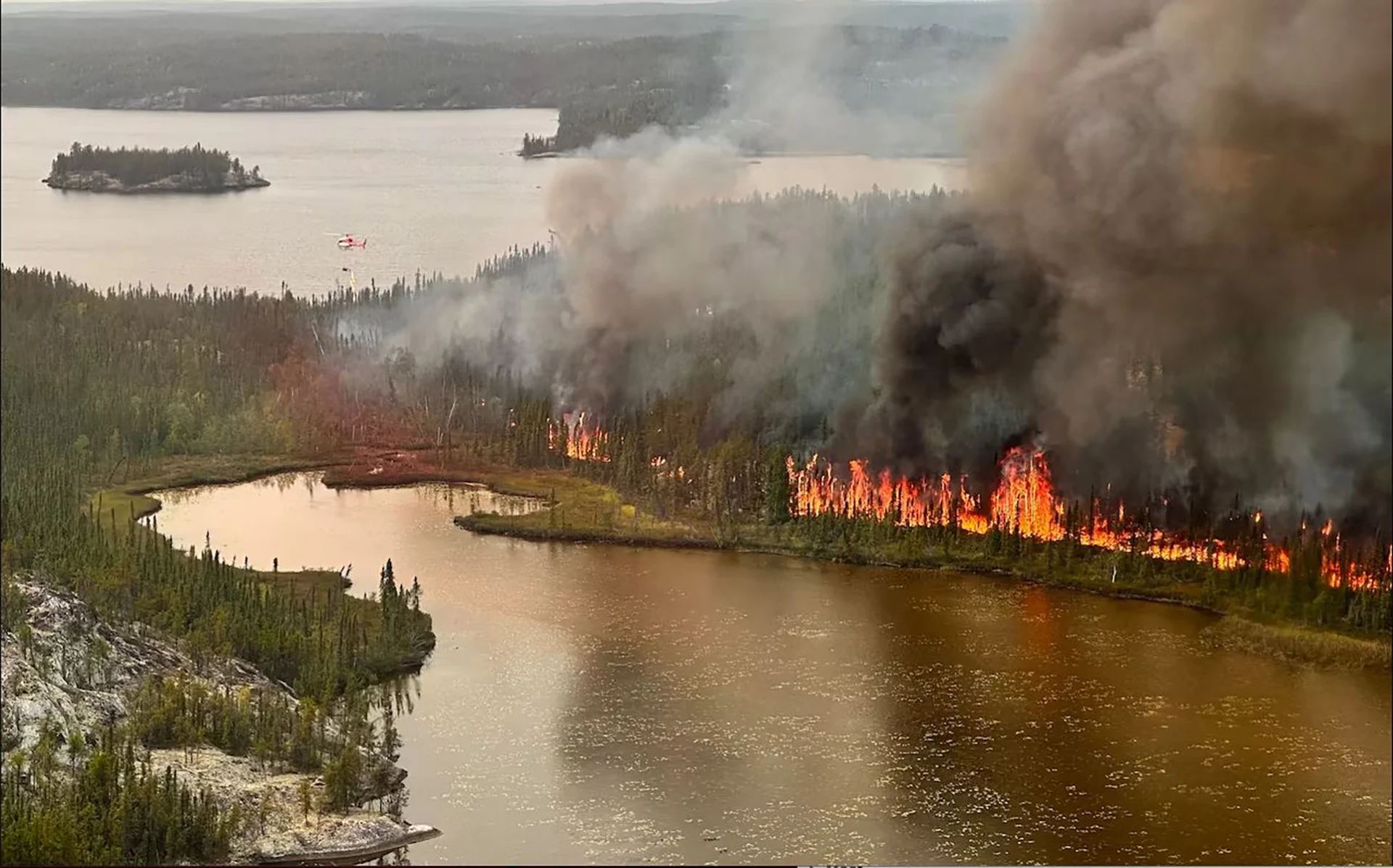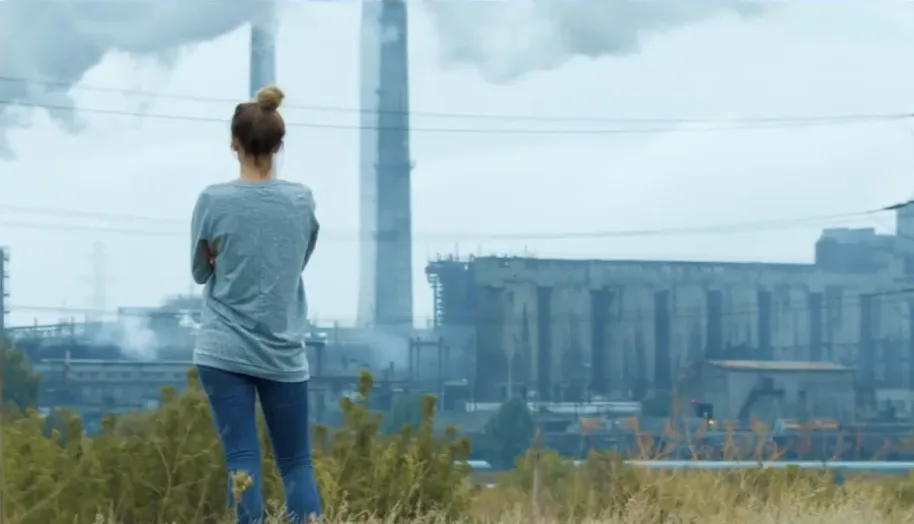
These are the ways rural Canadians are more vulnerable to climate change
Compared to urban dwellers, rural Canadians are more vulnerable to climate change in many ways and face extra challenges to adaptation, says a new federal government report.
The Canada in a Changing Climate synthesis report, released late last week, found among its key conclusions that climate change is harming Canadians' health; the country's aging infrastructure, from buildings to roads to the electrical grid are at high risk from extreme weather from climate change; food and natural resource production is also especially vulnerable to climate change impacts; and Canada isn't doing enough to adapt.
DON'T MISS: Report marks Arctic's warmest summer, highlights change in Northern Canada
The report compiled 10 key conclusions from half a dozen reports published since 2017 on the impacts of climate change in Canada and the country's progress on adaptation.
While climate change impacts on cities such as urban heat islands and urban flooding have received a lot of media attention, the report found rural and remote communities experience "higher risks to health, safety and well-being from critical infrastructure decline or failure."
It also noted that many rural, remote and Indigenous communities rely heavily on agriculture and natural resource industries such as forestry. It added those are "particularly sensitive to changes in climate, as they rely on favourable weather conditions and are vulnerable to extreme weather."

(Tom Popyk/CBC News)
Ashlee Cunsolo, a Memorial University researcher who co-authored the report, said rural and remote communities actually have many lessons to offer other parts of Canada.
"Since rural and remote regions have been on the front lines for so long, there's a tremendous amount of overall understanding of climate awareness that's very different than other parts of the country."
Transportation and health-care challenges
Cunsolo has been working with Inuit communities in northern Labrador and across the North for more than a decade, looking at the ways climate change is impacting both physical and mental well-being.
She said people in rural areas start off with some disadvantages compared to urban dwellers in terms of things like job options and health-care access.
"So when you put the disparities in the inequities together with what we're seeing with some of the already present and projected climate-change impacts, there's definitely some unique and important challenges in these regions that we need to consider."

(Mark Robinson/The Weather Network)
One is transportation, as remote communities often have limited road access. Some rely on seasonal ice roads that form over lakes only when temperatures are cold enough — something that happens less with climate change.
"If they're not forming and the shipping isn't able to happen, then that's a major disruption on people getting food and getting supplies," Cunsolo said.
Many of the communities she works in are "fly-in" communities that rely on planes, not just for food and supplies, but also critical services like health care.
"We're seeing many more storms in northern and and remote areas in particular," Consulo said. "People can't fly out to access the medical appointments, emergency services can't fly in."
DON'T MISS: How the fastest-warming place on Earth copes with rapid glacial melt
That isn't just the case in the Far North.
Dr. Kyle Merritt is a family physician who heads the emergency department at the Kootenay Lake Hospital in Nelson, B.C., a small community in the Selkirk Mountains that relies heavily on forestry and tourism. He wasn't involved in the report, but can relate to some of its findings.
He said over time, many health services for his community have been centralized in the bigger urban centre of Kelowna, more than four hours drive away, and the local hospital no longer even has its own intensive care unit. "Even our food comes from Kelowna, our laundry services."

(CBC)
He added that transporting patients to Kelowna when they're too sick to be treated in Nelson is hard even when everything is "functioning properly."
"As soon as there's any kind of disruption, things really fall apart," he added. "Having more services in our communities, I think would increase resiliency."
This year, wildfire smoke made headlines for its unusual incursion into urban centres like Toronto and New York. But it's already been a recurring summer problem for many years in many rural communities like Nelson, which is surrounded by forests and mountains.
"The smoke sometimes lasts for weeks and its dense and intense," he said. He said it's especially hard on patients with asthma or other respiratory conditions. "Sometimes even by this time of year, they're saying they still haven't recovered from smoke when the smoke's been bad."
WATCH: Anxiety skyrockets as climate extremes directly impact Canadians
Wildfires having impact on mental health
Both Cunsolo and Merritt said there are also impacts on mental health.
While Nelson has not yet been evacuated due to wildfire, Merritt said the risk is on everyone's mind — "just, like, [you] worry about your home burning down, which is just getting realer and realer all the time."
Meanwhile, rural residents often have closer ties to the land.
"A lot of people would exercise outdoors or spend time in nature, and they just won't do that when it's smoky outside because of risks to health," Merritt said. But staying indoors also has negative health impacts.
Cunsolo said in the communities she works with, climate change has altered their surroundings to the point that it has affected their sense of place and cultural continuity — "things that you can't really put an economic value on, that you can't really quantify … but really impacts people's health and well-being."
The forefront of adaptation
The good news is that people in communities experiencing these effects of climate change are already finding solutions, Cunsolo said. "There's so much strong resilience and community and innovation happening in rural and remote areas that really put them at the forefront of adaptation in Canada."
That includes building up shorelines and sea walls and adapting buildings for changes in permafrost, she added. But it also includes improvements in telemedicine to make virtual medical appointments more interactive, and cultural learning and wellness programs within communities for those who can't get out on the land safely.

(Videoblocks)
Fiona Warren, knowledge assessment manager with Natural Resources Canada, was lead author of the new report.
She said rural communities tend to have fewer resources to adapt to climate change, whether it's staff, access roads or health services. "In many ways they can be more vulnerable because they don't have the resources to deal with the problems," she said.
"At the same time, there's some strengths as well, so there's often a higher degree of social cohesion. People really look out for their neighbours."
She gave the example of a project in three Island Lake First Nations communities in Manitoba. It provided children with backpacks full of emergency supplies and trained members of the community in self-care and psychological first aid.
Warren said a key goal of the report is to share examples of what communities and people in different regions are doing, to encourage adaptation in other parts of the country.
"I would like people to be inspired by the fact that there is a lot going on," she said, "but at the same time … one of our key conclusions is that we're not doing enough to close the adaptation gap, so there really is a need to do more."
WATCH: Green space plans are failing to include this important age group
Thumbnail courtesy of Ben Nelms/CBC.
The story was originally written by Emily Chung and Carly Thomas, and published for CBC News.
